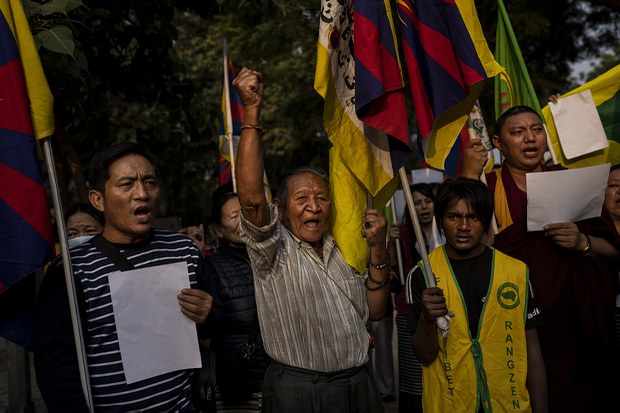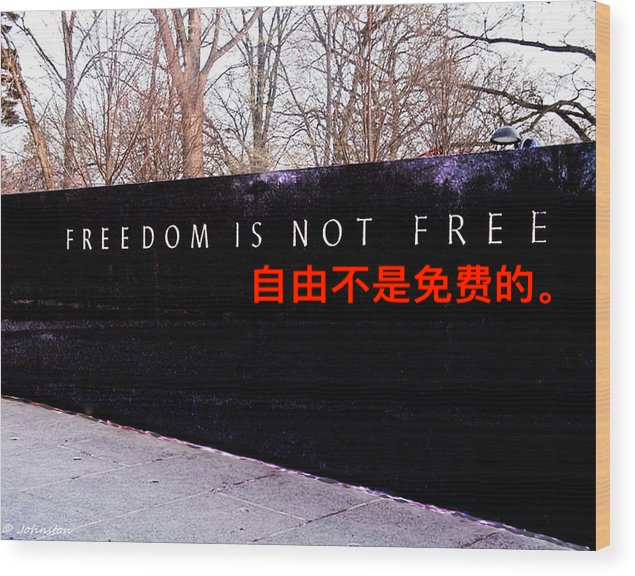Tibetans in exile in India held a white paper in New Delhi on December 2 in solidarity with China’s White Paper Movement. Associated Press Pictures
There are always good news about Tibet in China’s official media, which has misled many Chinese people. Although the working attitude of the statistics department in Tibet is relatively acceptable, it is more authentic than most departments in the Red Group. But there are still many failures and rewriting of key data. The author here interprets it for readers.
At the third Tibet Work Symposium in Beijing in 1994, it was admitted that many places in Tibet were very backward. It is even difficult for many people in the Tibet Autonomous Region to maintain basic food and clothing. Therefore, developing Tibet with Deng Xiaoping Theory became the main topic of that symposium. The goal of Tibet’s agricultural development set internally is: by the year 2000, the output of rapeseed in Tibet will be 50,000 tons. According to the digital files disclosed by Chinese officials, in 2000 Tibet’s actual rape output was 39,500 tons, a decrease of 10,500 tons.
Interpretation of the number of monks and nuns in monasteries:
The number of monks and nuns is an important and sensitive figure in the Tibet Autonomous Region
The number of monks and nuns in the monastery officially disclosed is only the number of “staff”. Even Beijing is convinced that “there are so many” monks and nuns, and complains that there are too many monks and nuns in Tibetan society . Especially since the temple patriotic re-education movement (temple religion movement) in 1996, the actual number of monks in the large-scale key monasteries has been shrinking. Many monks and nuns were forced to leave the monastery because they were unwilling to accept the “Han Panchen Lama” and fled to Nepal and India to seek relief from His Holiness and compatriots on the other side of the mountain. For example, when I was a child, my family tried to send me to India because of the poor education level in Tibet. go to school . Taking Sera Monastery as an example, there are 6,000 monks and nuns in the “Yingran” monastery since the “rectification” by Zhu Weiqun and Ye Xiaowen. They beat down all the monks and nuns who had experienced the two political movements of the Democratic Reform and the Cultural Revolution. The actual number of monks and nuns in the monastery was only 500 in early 2000. It is less than one-tenth of the official figure!
Based on this figure, the number of monks and nuns in the Tibet Autonomous Region, which has a strong Buddhist background, is no different from other provinces in mainland China. This is the status quo of the so-called religious freedom in Tibet!
From this, it is not difficult to see that China’s ethnic oppression of Tibet is systematic. Indicators related to people’s livelihood have been slowly improved for a long time, and the issue of freedom of religious belief, which is reassuring, is superficial. The history of U-Tsang Choy Chokha ( U-Tsang religious area) has long since ceased to exist, and it suffered a severe blow.
But they are still holding press conferences and photo exhibitions in Beijing and around the world to promote ” Tibet is Happiness”, which is really shameless.
December 9, 2022


